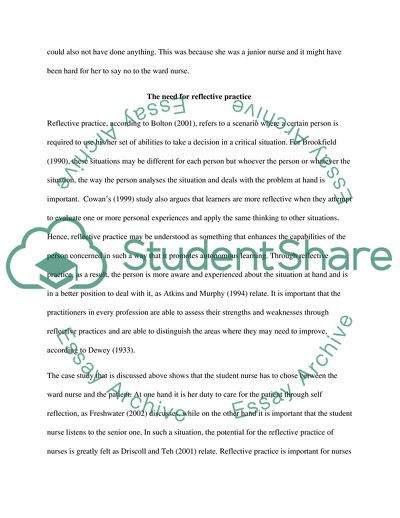Cite this document
(The Practice of Orthopedic Practitioners Case Study, n.d.)
The Practice of Orthopedic Practitioners Case Study. Retrieved from https://studentshare.org/nursing/1738259-evidence-values-and-the-nature-of-knowledge-ehics
The Practice of Orthopedic Practitioners Case Study. Retrieved from https://studentshare.org/nursing/1738259-evidence-values-and-the-nature-of-knowledge-ehics
(The Practice of Orthopedic Practitioners Case Study)
The Practice of Orthopedic Practitioners Case Study. https://studentshare.org/nursing/1738259-evidence-values-and-the-nature-of-knowledge-ehics.
The Practice of Orthopedic Practitioners Case Study. https://studentshare.org/nursing/1738259-evidence-values-and-the-nature-of-knowledge-ehics.
“The Practice of Orthopedic Practitioners Case Study”. https://studentshare.org/nursing/1738259-evidence-values-and-the-nature-of-knowledge-ehics.


